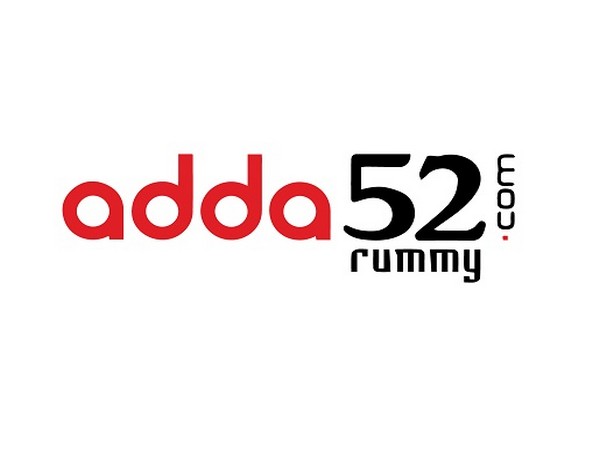

Deal a hand of colorful strategy with Rainbow Rummy: Your vibrant twist on classic card melding!

Gamezy Rummy: Where skill meets excitement, dealing you the ultimate card gaming experience!

Play your cards right and strategize to win in the ultimate A23 Rummy gaming experience!

Dealing fun and excitement with every shuffle – Adda52 Rummy, your ultimate card gaming destination.

Experience timeless card strategy in the palm of your hand with our Classic Rummy App!

Howzat Rummy App: Where cards meet excitement, skill, and rewards in the palm of your hand!

Experience thrilling rummy action on your fingertips with the Junglee Rummy app, where skill meets excitement!

Unleash your strategic brilliance in the palm of your hand with MyTeamRummy to victory!

Khelplay Rummy: Where skill meets excitement, reshaping classic card play for the digital era.

Unleash your card prowess and conquer the table in the ultimate Teen Patti Master app adventure.
Picking the right rummy app can be a game-changer. We've got a method to help you find top-notch options that tick all the boxes for great gameplay and safety. Let's dive into how we make our selections, step by step.